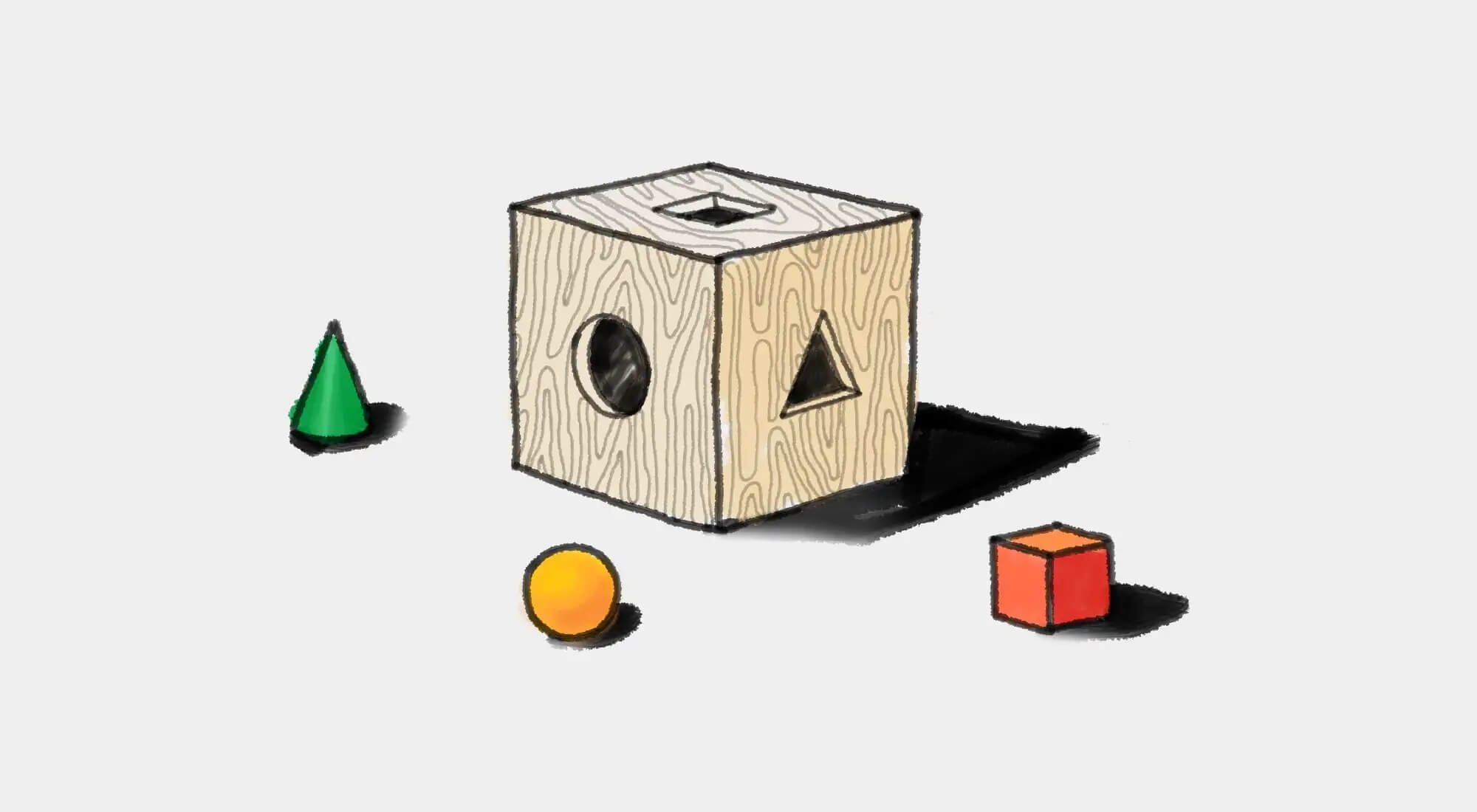
Your design practice needs its terms of service, and here’s why this is a good idea
At least in the sense that we just may be the only profession enjoying the privilege of doing our jobs, and then having to engage in a tedious process of defending our choices and decisions which have lead to the end result.
The thing is, we know how design works. We do it every day. Our customers often don’t, hence the insecurity, the questions, the lack of trust.
What I’ve come to realise over the years of working with people is that this problem is very apparent with customers who are still too hands-on with their business, less so with people in positions that don’t directly affect the company’s existence.
The smaller the company, bigger the stakeholder’s involvement in everything that touches the company becomes.
So, how do we kick it off on the right foot?
Let’s try and understand the process of working with someone for the first time, and perhaps try to rationalize the insecurities we as designers face with new, but sometimes even with existing customers.
When you start working together with someone new, they most likely have questions like these on their mind:
- “These guys have no idea what we’re about because they are not here in the trenches with us. How can they possibly deliver something we will benefit from?”
- “How do I make sure we don’t waste time and money with these guys?”
- “What if they suck?”
All these stem from the fear of failure, which in turn often results in loss of resources (usually time and money), which small companies and startups never have a lot of. These stakeholders, being entrepreneurial by nature instinctively react by grabbing the wheel and taking control of the project.
Their gut reaction is to jump in and start “helping” the only way they know how, and that’s by making decisions and setting directions. Classic knee-jerk reaction, something they know all too well.
This is rarely a good environment for design. They don’t know about design, but they need to do something.
How can we bridge this gap, and help these future companies get the most out of design, and on the other hand help designers work with them? Is there something we can do that would align these two sides that often clash, when in fact they should be working together towards the same goal?
Companies providing software as a service state their terms upfront. Why don’t we?
Why don’t we all have a page on our websites where we state clearly how we work with our customers, what we expect of them, and how we go about things?
This is something that we just published on our website. In fact, this is just another step closer to making our way of going about things obvious to our potential customers.
We have had many experiences where we found it difficult to work with stakeholders only because of insecurities mentioned above, which could have been overcome by having a reference point about how we conduct collaboration, and do our jobs.
If they could have read such a document, maybe they would have took a pass on us because they immediately got the hint we wouldn’t be a good fit for their way of doing things? This would have saved quite a bit of time and frustration for both parties involved.
On the other hand, a reference like this could put their mind at ease, and give some structure to the collaboration. Assure them that this is not our first rodeo, and that we honestly know what we are doing (most of the time).
Could a terms of service document set the stage for mutually beneficial collaboration?
Is this a cure-all solution? Most certainly not, and I’m sure most people won’t even be bothered to read it. Then again there are people who don’t read through contracts they are supposed to sign, either so there’s that.
We figure we want to maximize exposure to this document to our future customers, so we will from now on reference it from our proposals and SoWs.
And lastly — and for the sake of argument—I by no means want to present this effort as a template that is universal to any design shop out there. It’s not something that should be blindly posted up on your website without much thought, it’s rather a collection of best practices that we’ve adopted over the years.
If you like this idea and want to do something similar, you should compose it based on your own beliefs and experiences.
Can you use ours as a starting point? You bet’cha. We will be refining it over time, and will definitely keep our ear to the ground, and listen how people react.
If you go for it, please let us know how it goes.
What's this?
You are reading his blog.